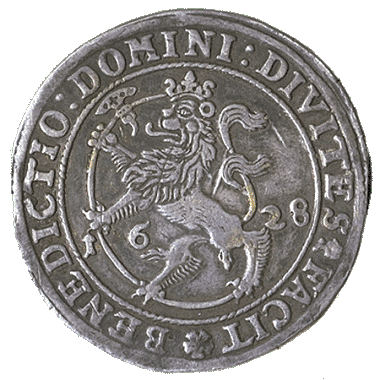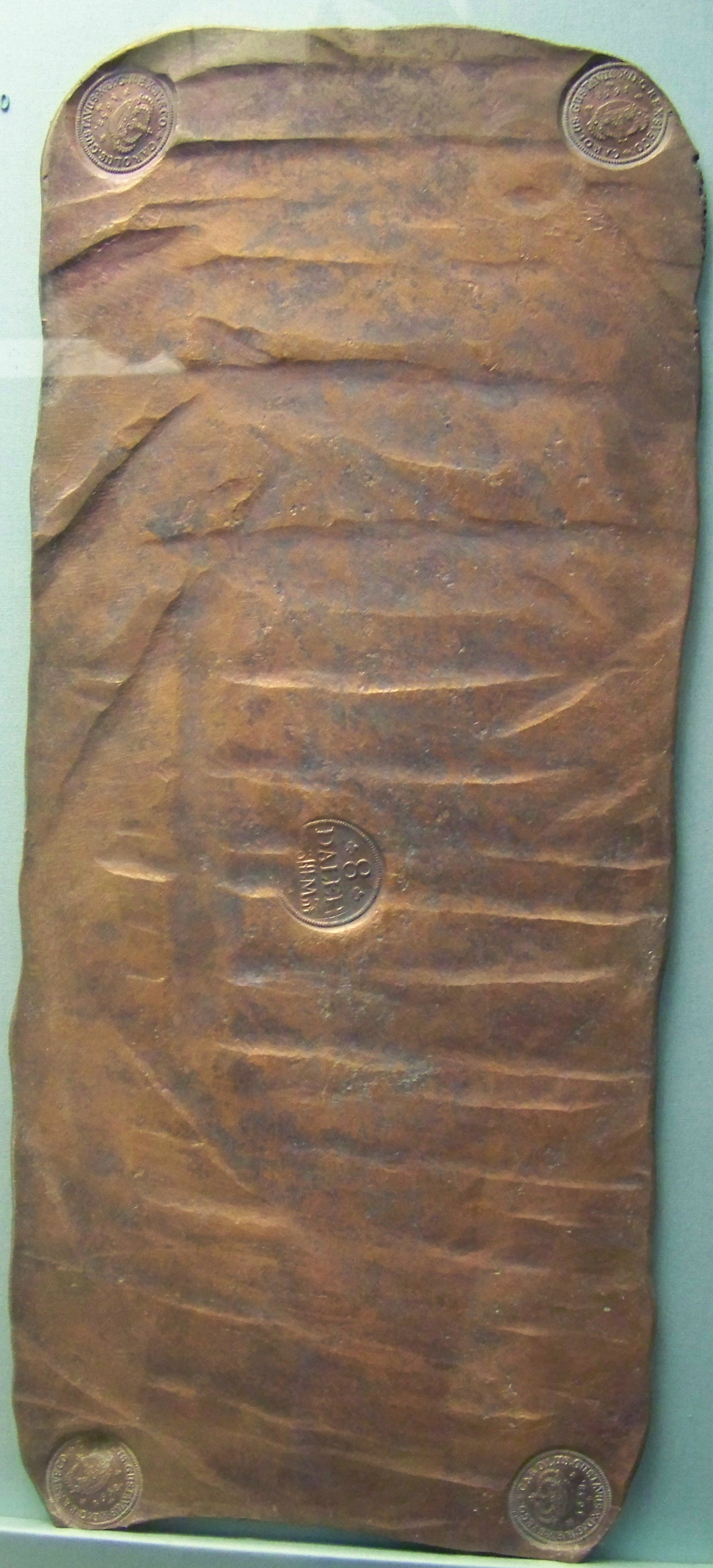|
Skilling (currency)
The skilling (pronounced ''shilling'' in English) was the Scandinavian equivalent of the shilling. It was used as a subdivision of the various kinds of currencies named rigsdaler in use throughout Scandinavia, including the Danish rigsdaler, the Norwegian rigsdaler, and the Swedish riksdaler. Denmark From 1625 to 1873, one Danish skilling () was equivalent to of a rigsdaler. The word is still used colloquially for a small but unspecified amount of money ("lille skilling"). King Christian IX abolished the rigsdaler and skilling in favor of the kroner and ører in 1873. Norway From 1816, the Norwegian skilling () was equivalent to of a speciedaler, and before that of a rigsdaler specie, or of a rigsdaler courant. It was introduced in Norway in the early 16th century and was abolished 1875. Sweden During the 19th century, one Swedish skilling () was equivalent to of a riksdaler. It was in use between 1776-1855. See also *Austrian schilling *Scandinavian Monetary Union ... [...More Info...] [...Related Items...] OR: [Wikipedia] [Google] [Baidu] |
Scandinavia
Scandinavia; Sámi languages: /. ( ) is a subregion#Europe, subregion in Northern Europe, with strong historical, cultural, and linguistic ties between its constituent peoples. In English usage, ''Scandinavia'' most commonly refers to Denmark, Norway, and Sweden. It can sometimes also refer more narrowly to the Scandinavian Peninsula (which excludes Denmark but includes part of Finland), or more broadly to include all of Finland, Iceland, and the Faroe Islands. The geography of the region is varied, from the Norwegian fjords in the west and Scandinavian mountains covering parts of Norway and Sweden, to the low and flat areas of Denmark in the south, as well as archipelagos and lakes in the east. Most of the population in the region live in the more temperate southern regions, with the northern parts having long, cold, winters. The region became notable during the Viking Age, when Scandinavian peoples participated in large scale raiding, conquest, colonization and trading mostl ... [...More Info...] [...Related Items...] OR: [Wikipedia] [Google] [Baidu] |
Shilling
The shilling is a historical coin, and the name of a unit of modern currencies formerly used in the United Kingdom, Australia, New Zealand, other British Commonwealth countries and Ireland, where they were generally equivalent to 12 pence or one-twentieth of a pound before being phased out during the 20th century. Currently the shilling is used as a currency in five east African countries: Kenya, Tanzania, Uganda, Somalia, as well as the ''de facto'' country of Somaliland. The East African Community additionally plans to introduce an East African shilling. History The word ''shilling'' comes from Old English "Scilling", a monetary term meaning twentieth of a pound, from the Proto-Germanic root skiljaną meaning 'to separate, split, divide', from (s)kelH- meaning 'to cut, split.' The word "Scilling" is mentioned in the earliest recorded Germanic law codes, those of Æthelberht of Kent. There is evidence that it may alternatively be an early borrowing of Phoenician ... [...More Info...] [...Related Items...] OR: [Wikipedia] [Google] [Baidu] |
Thaler
A thaler (; also taler, from german: Taler) is one of the large silver coins minted in the states and territories of the Holy Roman Empire and the Habsburg monarchy during the Early Modern period. A ''thaler'' size silver coin has a diameter of about and a weight of about 25 to 30 grams (roughly 1 ounce). The word is shortened from ''Joachimsthaler'', the original ''thaler'' coin minted in Joachimstal, Bohemia, from 1520. While the first standard coin of the Holy Roman Empire was the ''Guldengroschen'' of 1524, its longest-lived coin was the ''Reichsthaler (Reichstaler)'', which contained Cologne Mark of fine silver (or 25.984 g), and which was issued in various versions from 1566 to 1875. From the 17th century a lesser-valued ''North German thaler'' currency unit emerged, which by the 19th century became par with the ''Vereinsthaler''. The ''thaler'' silver coin type continued to be minted until the 20th century in the form of the Mexican peso until 1914, the five S ... [...More Info...] [...Related Items...] OR: [Wikipedia] [Google] [Baidu] |
Danish Rigsdaler
The rigsdaler was the name of several currencies used in Denmark until 1875. The similarly named Reichsthaler, riksdaler and rijksdaalder were used in Germany and Austria-Hungary, Sweden and the Netherlands, respectively. These currencies were often anglicized as rix-dollar or rixdollar. History Several different currency systems have been used by Denmark from the 16th to 19th centuries. The ''krone'' (lit. "crown") first emerged in 1513 as a unit of account worth 8 marks. The more generally used currency system until 1813, however, was the Danish ''rigsdaler'' worth 1 ''krone'' (or ''schlecht daler''), 6 marks, or 96 '' skilling''. The Danish ''rigsdaler'' used in the 18th century was a common system shared with the silver reichsthalers of Norway, Hamburg and Schleswig-Holstein. The currency system consisted of the Reichsthaler specie (''Rigsdaler specie'') worth 120 ''skillings'' in Denmark and Norway, and the lower-valued ''Rigsdaler courant'' worth th of specie or 96 ''skill ... [...More Info...] [...Related Items...] OR: [Wikipedia] [Google] [Baidu] |
Norwegian Rigsdaler
The rigsdaler specie was a unit of silver currency used in Norway, renamed as the speciedaler in 1816 and used until 1873. Norway used a common reichsthaler currency system shared with Denmark, Hamburg and Schleswig-Holstein until 1873 when the gold standard was implemented in Scandinavia and the German Empire. Rigsdaler specie The reichsthaler currency system used in Northern Europe until 1873 consisted of the silver Reichsthaler specie (''Rigsdaler specie'') worth 120 ''skillings'' in Norway and Denmark, and the lower-valued ''Rigsdaler courant'' worth th of specie or 96 ''skillings'' (both units worth 60 and 48 ''schellingen'', respectively, in Hamburg and Schleswig-Holstein). The Hamburg Bank equated 9 reichsthalers specie to a Cologne Mark of fine silver, hence 25.28 g silver in a ''rigsdaler specie''. Coins In the late 18th and early 19th centuries, coins were issued in denominations of 1, 2, 4, 8 and 24 skilling, , , , , and 1 rigsdaler specie. Banknotes In 1695, gove ... [...More Info...] [...Related Items...] OR: [Wikipedia] [Google] [Baidu] |
Swedish Riksdaler
The svenska riksdaler () was the name of a Swedish coin first minted in 1604. Between 1777 and 1873, it was the currency of Sweden. The daler, like the dollar,''National Geographic''. June 2002. p. 1. ''Ask Us''. was named after the German Thaler. The similarly named Reichsthaler, rijksdaalder, and rigsdaler were used in Germany and Austria-Hungary, the Netherlands, and Denmark-Norway, respectively. ''Riksdaler'' is still used as a colloquial term for Sweden's modern-day currency. History Penning accounting system The ''daler'' was introduced in 1534. It was initially intended for international use and was divided into 4 marks and then a mark is further subdivided into 8 öre and then an öre is further subdivided into 24 pennings. In 1604, the name was changed to ''riksdaler'' ("daler of the realm", c.f. Reichsthaler). In 1609, the riksdaler rose to a value of 6 mark when the other Swedish coins were debased but the riksdaler remained constant. From 1624, daler were issued ... [...More Info...] [...Related Items...] OR: [Wikipedia] [Google] [Baidu] |
Christian IX
Christian IX (8 April 181829 January 1906) was King of Denmark from 1863 until his death in 1906. From 1863 to 1864, he was concurrently Duke of Schleswig, Holstein and Lauenburg. A younger son of Frederick William, Duke of Schleswig-Holstein-Sonderburg-Glücksburg, Christian grew up in the Duchy of Schleswig as a prince of Schleswig-Holstein-Sonderburg-Glücksburg, a junior branch of the House of Oldenburg which had ruled Denmark since 1448. Although having close family ties to the Danish royal family, he was originally not in the immediate line of succession to the Danish throne. Following the early death of the father in 1831, Christian grew up in Denmark and was educated at the Military Academy of Copenhagen. After unsuccessfully seeking the hand of Queen Victoria of the United Kingdom in marriage, he married his double second cousin, Princess Louise of Hesse-Kassel, in 1842. In 1852, Christian was chosen as heir-presumptive to the Danish throne in light of the expected e ... [...More Info...] [...Related Items...] OR: [Wikipedia] [Google] [Baidu] |
Skilling 1802, Nordisk Familjebok
Skilling may refer to: ;Places * Skilling, Dorset, England * Skilling Island, Antarctica ;People * Chauncey Fitch Skilling (1868-1945), American architect * H. Gordon Skilling (1912-2001), Canadian political scientist * Jeffrey Skilling (born 1953), American former CEO of Enron Corporation, brother of Tom Skilling * John Skilling (1921–1998), American civil engineer and architect * Mark Skilling (born 1972), Scottish footballer * Tom Skilling (born 1952), American meteorologist in Chicago, Illinois, brother of Jeffrey Skilling ;Other * Skilling (Scandinavian monetary unit) The skilling (pronounced ''shilling'' in English) was the Scandinavian equivalent of the shilling. It was used as a subdivision of the various kinds of currencies named rigsdaler in use throughout Scandinavia, including the Danish rigsdaler, the ..., a historical form of currency * '' Skilling v. United States'', a U.S. Supreme Court case See also * Skillings {{disambiguation, surname English-language ... [...More Info...] [...Related Items...] OR: [Wikipedia] [Google] [Baidu] |
Austrian Schilling
The schilling (German language, German: ''Schilling'') was the currency of Austria from 1925 to 1938 and from 1945 to 1999, and the circulating currency until 2002. The euro was introduced at a fixed parity of €1 = 13.7603 schilling to replace it. The schilling was divided into 100 groschen. History Following the Carolingian coin reform in AD 794, new units of account were introduced including the ''schilling (coin), schilling'' which consisted of 12 silver ''pfennigs''. It was initially only a coin of account but later became an actual coin produced in many European countries. Before the modern Austrian schilling The currencies predating the schilling include: * The Florin, florin, in existence as a currency of the Holy Roman Empire since the 16th century, divided into 8 ''Schillings'' = 60 ''Kreuzer'' = 240 ''Pfennigs'' * The Austro-Hungarian florin after 1857, divided into 100 ''Neukreuzer'' * The Austro-Hungarian crown, introduced in 1892 upon adoption of the gold stand ... [...More Info...] [...Related Items...] OR: [Wikipedia] [Google] [Baidu] |
Scandinavian Monetary Union
__NOTOC__ The Scandinavian Monetary Union was a monetary union formed by Denmark and Sweden on 5 May 1873, with Norway joining in 1875. It established a common currency unit, the Crown (currency), krone/krona, based on the gold standard. It was one of the few tangible results of the Scandinavism, Scandinavian political movement of the 19th century. The union ended during World War I. Overview The original Scandinavian currencies were based on the silver Reichsthaler, defined by the :de:Hamburger Bank, Hamburg Bank as 25.28 grams fine silver, which was equal to one Norwegian speciedaler or two Danish rigsdaler. Sweden's ''riksdaler specie'' was slightly heavier at 25.5 g and was equal to four Swedish riksdaler ''riksgalds''. The Scandinavian switch to the gold standard was triggered by Germany's adoption of the German gold mark in 1873 and of the consequent disturbance in the silver market. The monetary union established the gold krone (''krona'' in Swedish) replacing the legacy ... [...More Info...] [...Related Items...] OR: [Wikipedia] [Google] [Baidu] |








